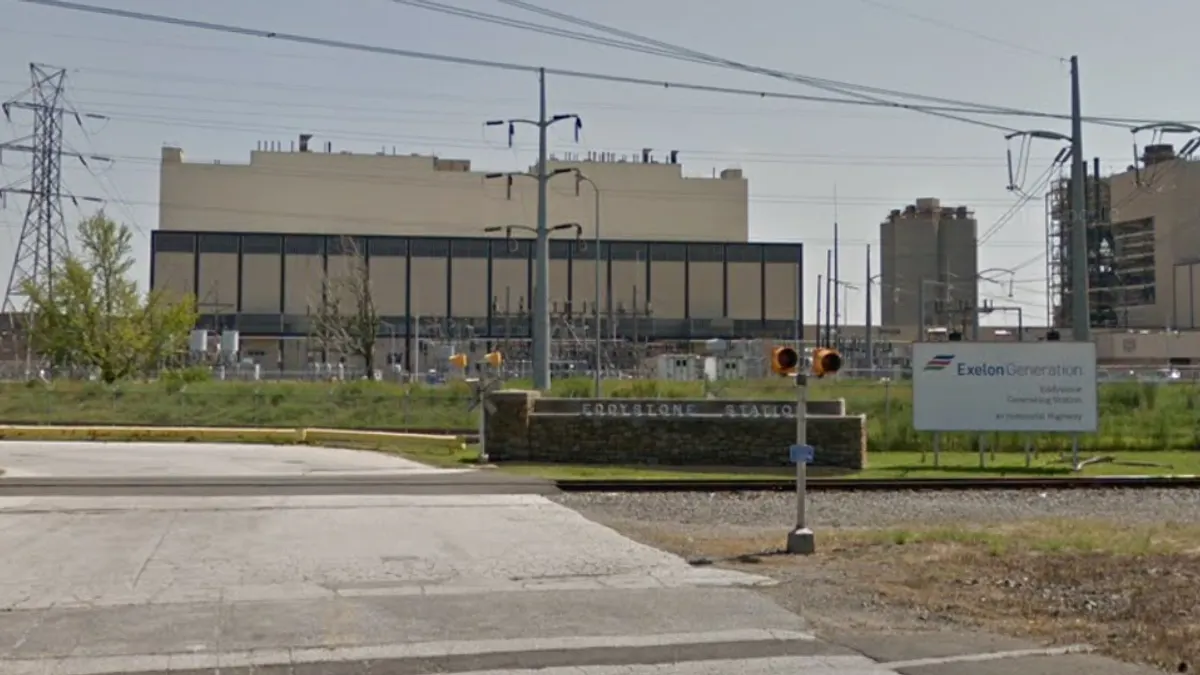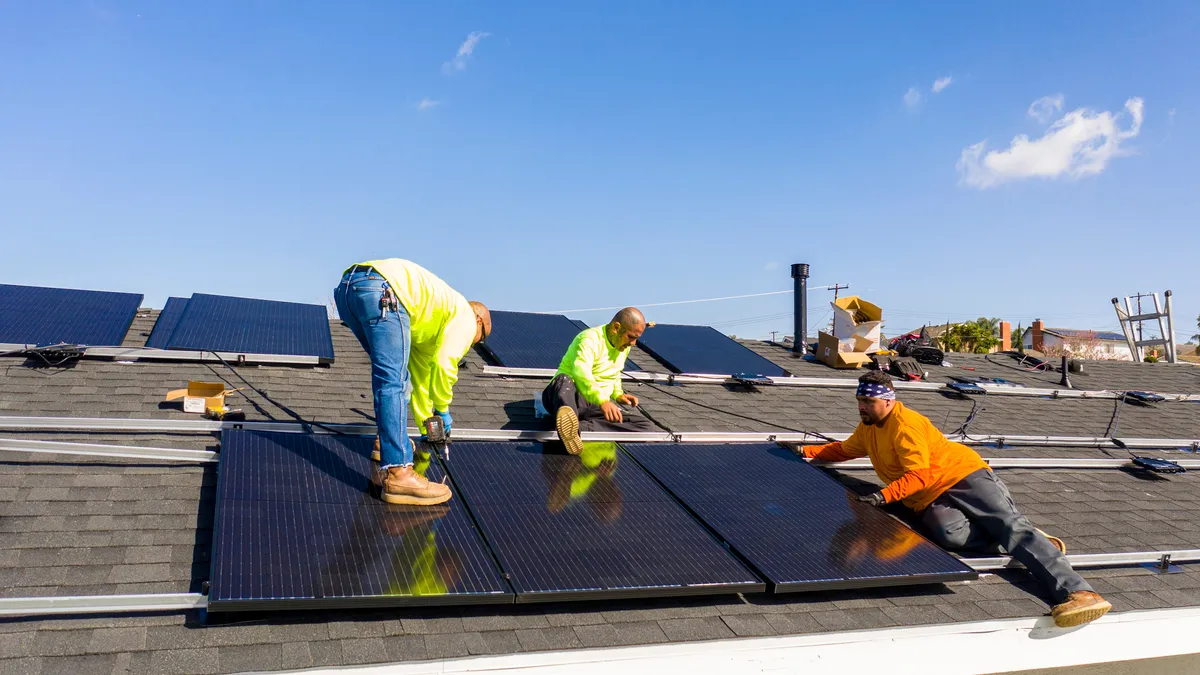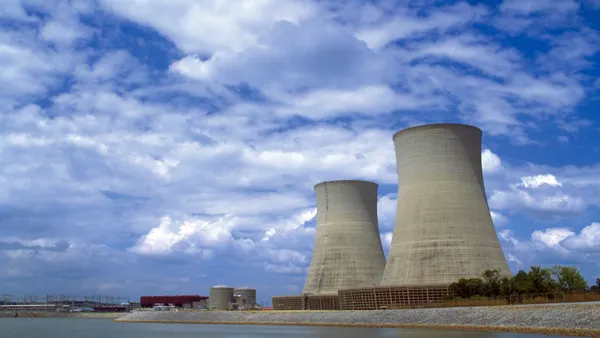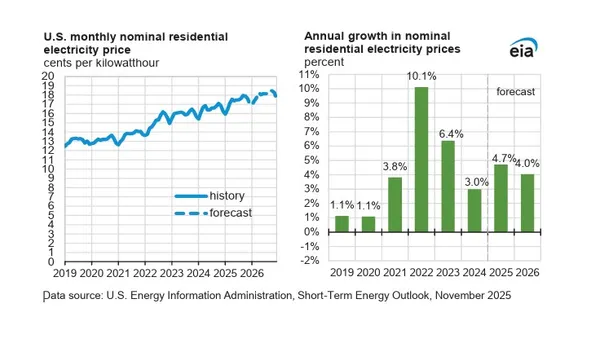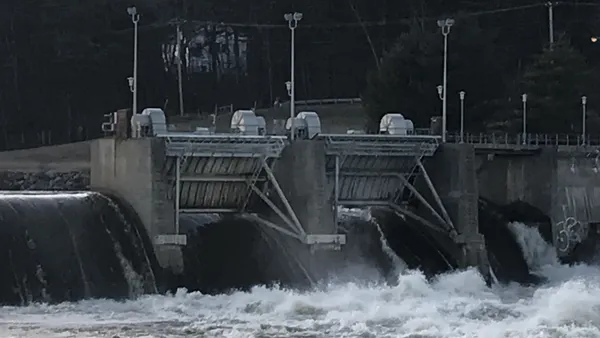Dive Brief:
- The United States needs additional natural gas pipeline infrastructure and storage opportunities to reliably meet the growing demand for energy, a National Association of Regulatory Utility Commissioners task force report concluded on Wednesday.
- NARUC’s Gas-Electric Alignment for Reliability task force, or GEAR, was formed in 2023 in an effort to improve coordination between the two interwoven energy sectors, with an ultimate goal of bolstering grid reliability.
- The report includes nine recommendations but stopped short of advocating for a Gas Reliability Organization akin to electric grid efforts, and concluded changes to the gas-electric market day and force majeure contract provisions were unnecessary.
Dive Insight:
Rising electricity demand, extreme weather and a reliance on gas-fired generation has at times left the power sector scrambling when necessary fuel was not available.
During Winter Storm Uri in February 2021, some Texas electric companies cut power to gas production and transportation facilities as part of their emergency conservation response. That reduced fuel supplies to gas-fired power plants, contributing to energy shortages and blackouts. Almost 250 people in Texas died in the storm.
And in 2022, unplanned generator outages reached 90,500 MW during Winter Storm Elliott, with gas fuel supply issues accounting for 20% of unplanned generating unit outages, derates and failures to start, according to the North American Electric Reliability Corp.
The GEAR report parses diverse policy perspectives around the future of gas and gas infrastructure expansion, NARUC said. However, task force participants found common ground “on the need for harmonization between the electric and natural gas sectors to ensure reliable and affordable electricity service,” the report said.
“The need for harmonization is crucial, regardless of one’s long-term perspective about future energy policy in various regions of the country,” it said.
Recommendations include: creation of a natural gas “readiness forum”; development of additional gas pipeline infrastructure and gas storage opportunities; new and enhanced market tools to improve supplier performance in extreme weather; demand response initiatives for gas utilities; and market changes to incentivize gas pipeline capacity releases.
Regulators and grid operators “should apply a strategic approach to expand opportunities for increased or new storage investment consistent with empowering end-users to exert greater control over supply needs,” the report found.
There was some support for the formation of a Gas Reliability Organization, similar to the North American Electric Reliability Corp., but not enough to advance the recommendation, the GEAR report noted. “A majority of members [concluded] that such an option (on a national, regional or state basis) is unnecessary or not the best means to efficiently enhance gas-electric reliability,” it said.
Similarly, discussions around aligning the timing of gas or electric days were not advanced. Gas and electric market schedules are typically several hours apart, though the Federal Energy Regulatory Commission has historically tried to better align them.
“While it is obvious that the current bifurcated system is not how anyone would design the combined system from scratch, we are unaware of any systemwide outage that has occurred due to scheduling issues or mismatches,” the report said.
And possible changes to standard force majeure contract provisions, which cover supply disruptions, were found to be “neither viable nor productive,” the report said.
The task force noted that the primary driver for changes to the force majeure provisions “is aimed at expanded winterization of the production system,” and noted there are two recommendations that “facilitate a better understanding of force majeure and provide greater opportunities to mitigate its use.”
The recommendations provide an “ideal starting point for state regulators to ponder future steps to enhance reliability,” Dwight Keen, vice chair of the GEAR working group, said in a statement. Keen is also a regulator with the Kansas Corporation Commission.
A coalition of gas-electric groups supported the report’s findings. “The biggest challenge affecting interoperability across the systems is not operational; it is economic,” the Reliability Alliance said in a statement,
The group consists of the Electric Power Supply Association, Interstate Natural Gas Association of America and Natural Gas Supply Association.
“Competitive power suppliers have invested significantly to strengthen winter readiness, but we need continued alignment between gas and electric systems,” EPSA President and CEO Todd Snitchler said in a statement. “That’s the measure of success we’re all working toward, and GEAR’s work has been an important step to bridge that gap.”





